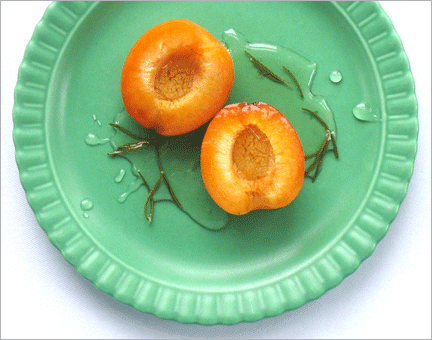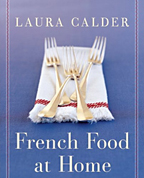Here’s a quick look at a few food-related things I’ve read recently:
 The New York Times’ Mark Bittman calls himself the Minimalist. But he’s anything but minimal when it comes to his popular lists—his favorite number seems to be 101. Take, for example, his latest list, just in time for summer picnics, “101 20-Minute Dishes for Inspired Picnics.”
The New York Times’ Mark Bittman calls himself the Minimalist. But he’s anything but minimal when it comes to his popular lists—his favorite number seems to be 101. Take, for example, his latest list, just in time for summer picnics, “101 20-Minute Dishes for Inspired Picnics.”
As with all his lists, these are not 101 full-blown recipes; Bittman just gives you the basic idea for a dish and leaves you plenty of room to make it your own. Here is the complete entry for combining tomatoes and peaches for a lively sounding salad: “TOMATOES AND PEACHES Toss together sliced seeded tomatoes and peaches, along with thinly sliced red onion and chopped cilantro or rosemary. Dress at the last minute with olive oil, lemon juice, salt and pepper.”
It’s a long list, but he helpfully breaks it up into 10 bite-sized chunks, including Raw Vegetables, Fruit, Seafood, Sandwiches and Desserts. There’s even a Printable List of all 101. I don’t know about you, but I’m planning to mine this list all summer long.

Mayonnaise: It’s not part of the problem, it’s part of the solution.
Summertime is a time for potato salads, chicken salads and other yummy foods all calling for mayonnaise. And with all the aforementioned picnicking going on, with it’s relaxed approach to refrigeration, it’s also a time to worry about food safety.
For just about forever, mayonnaise has been thought to be a culprit, a germ factory promoting and accelerating all kinds of nasty bacterial growth. Well, according to a recent article by Anahad O’Connor in The New York Times [brought to my attention by a post on SnagWireMedia—thanks!], mayo can actually help fight the growth of bacteria. That’s because most commercial mayonnaise contains vinegar and other acidic ingredients which may help protect against spoilage. According to the Times article, “One prominent study published in The Journal of Food Protection found, for example, that in the presence of commercial mayonnaise, the growth of salmonella and staphylococcus bacteria in contaminated chicken and ham salad either slowed or stopped altogether.”
That’s not to say that you should set all your perishables out in the full sun, then head off to play beach volleyball for hours [I’m personally opposed to playing beach volleyball under any circumstances]. But you don’t have to treat dishes containing mayonnaise like hazardous waste. If anything, it’s good to know that the mayo’s got your back.
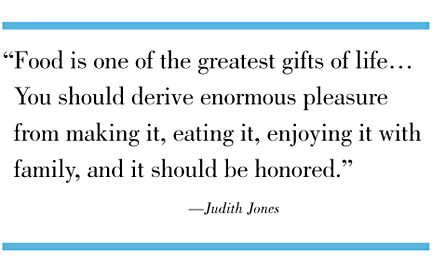
Food: Eat, Memory
If food were only about fuel and sustenance, there wouldn’t be chefs or home cooks. Or food blogs, for that matter. There would just be armies of nutritionists creating vacuum-packed, vitamin enriched food cubes.
But food is much more than fuel. It is, as renowned food editor Judith Jones so rightly said, “one of the greatest gifts of life.” Ann over at A Chicken in Every Granny Cart first made me aware of the above quote. I immediately printed it out and stuck it on our fridge. I read it almost every day. And I believe it thoroughly every time I do.
Marion recently shared an article in The New York Times Magazine with me that absolutely shows the power food has to evoke memories, to reach down inside us and to open us up to new experiences. Allen Shawn’s moving essay, “Food: Eat, Memory—Family Meal,” isn’t a saccharin Norman Rockwellian remembrance. It begins with a very non-sugar coated statement: “For my sister, Mary, who has lived in a Maryland institution for the mentally retarded since she was 8, there’s no hiding the fact that food is central.”
Shawn goes on to tell of Mary, now 59 and suffering from autism, mental retardation and elements of schizophrenia, anticipating and reciting the menu of the birthday lunch she expected each year, unchanged since her teens. In 2005, their mother was near death and unable to travel to the summer home that had been the unchanging venue for the birthday lunch. So Mary was brought to the family’s Manhattan apartment for the first time since she was eight, and in addition to the expected menu, some new dishes were added. Everyone prepared for the worst. Instead, they got what Shawn called a miracle. He was right. Read this wonderful article.
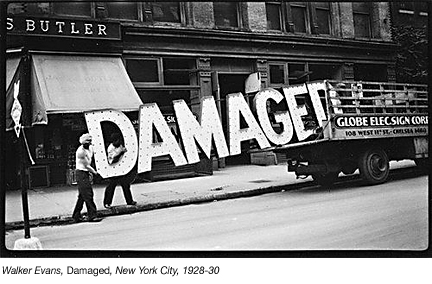
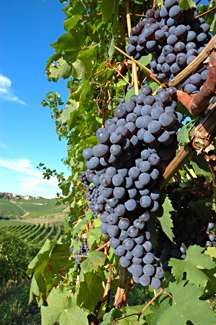
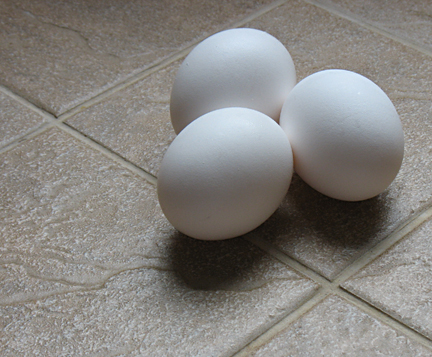
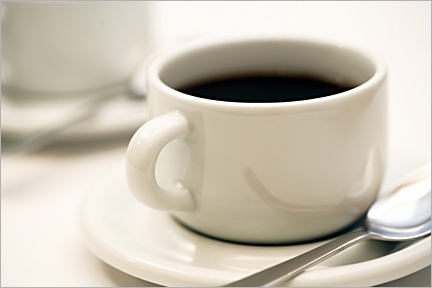
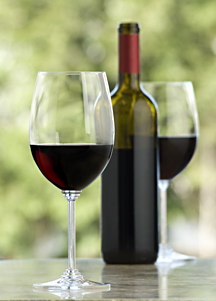
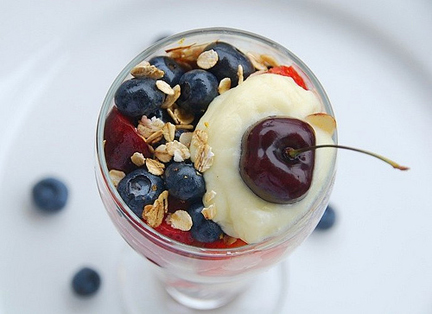
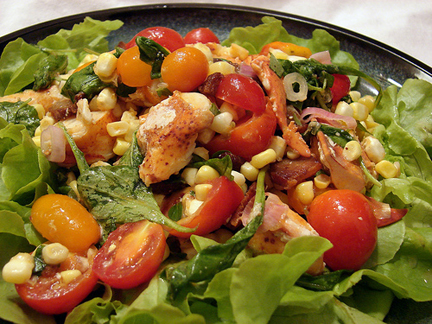
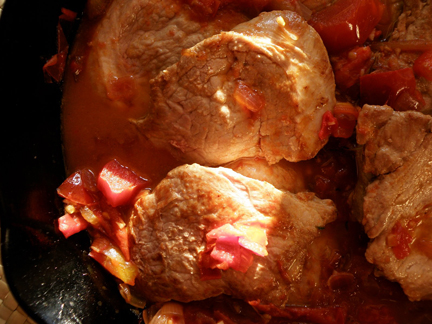
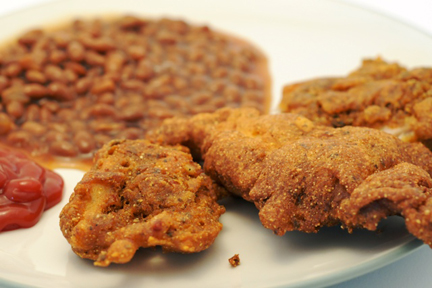
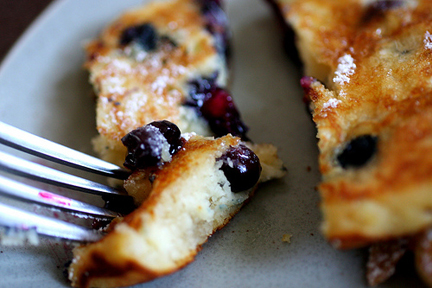




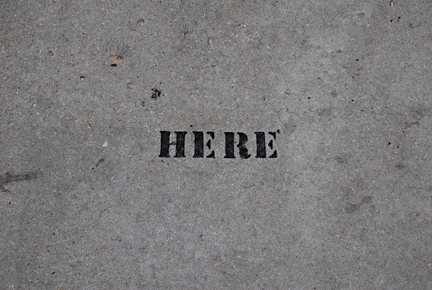
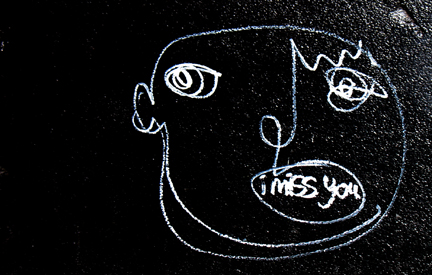





























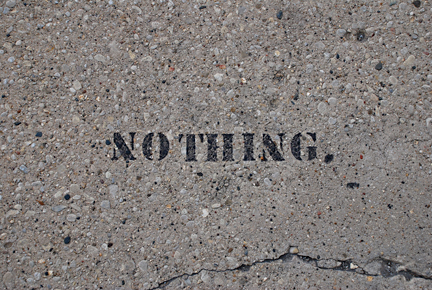

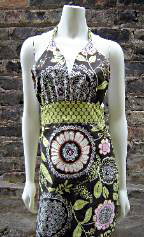
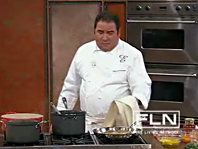 Emeril returns with a “Bam!”
Emeril returns with a “Bam!”